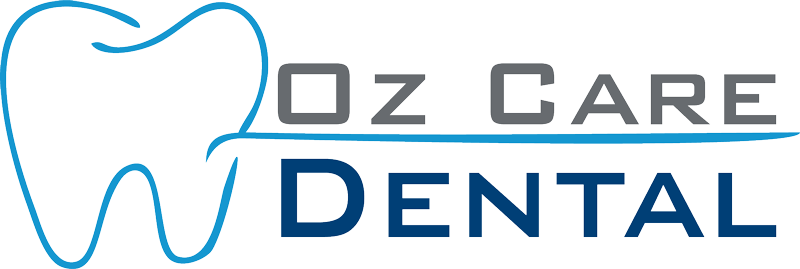Implant-Supported Fixed Restorations: A Permanent Solution for Missing Teeth
Implant-supported fixed restorations represent a significant advancement in restorative and cosmetic dentistry. They offer a durable and permanent solution for replacing missing or severely damaged teeth. This comprehensive guide will explore the types, benefits, and procedural details of implant-supported fixed restorations, helping individuals understand their options and the associated outcomes.
What are Implant-Supported Fixed Restorations?
Implant-supported fixed restorations are dental prosthetics that are permanently attached to dental implants embedded in the jawbone. These restorations can include single crowns, bridges, or full-arch replacements, and they are designed to mimic the look and function of natural teeth closely. Unlike removable dentures, these restorations are fixed and offer superior stability and functionality.

Digital CT Scan
First our dental radiologist takes a digital 3D CT Scan of your teeth.Professional Consultation
We will discuss your primary issues and your wishes concerning your teeth.Dental Examination
This is followed by a professional examination of the teeth and gums.Complete Treatment Plan
We devise a complete treatment plan for restoring your healthy smile.Implant-Supported Fixed Restorations
What are Implant-Supported Fixed Restorations?
Benefits of Implant-Supported Fixed Restorations
- Durability and Stability: Implants provide a stable base, reducing the risk of restoration slippage or movement.
- Natural Look and Feel: These restorations are crafted to look like natural teeth, enhancing both aesthetics and function.
- Bone Preservation: Implants help preserve the jawbone and prevent the bone loss that often accompanies tooth loss.
- Improved Oral Health: Unlike traditional bridges, implants do not require altering adjacent healthy teeth, which preserves more of the patient’s natural tooth structure.
- Longevity: With proper care, implant-supported restorations can last a lifetime.
The Procedure for Implant-Supported Fixed Restorations
- Consultation and Planning: The dentist conducts a thorough evaluation, including X-rays or CT scans, to assess bone density and plan the implant placement.
- Implant Placement: The implants are surgically placed into the jawbone under local anesthesia or sedation.
- Healing and Osseointegration: After placement, a period of healing is required for the implant to integrate with the bone, typically taking several months.
- Abutment Placement: Once healing is complete, an abutment is attached to the implant. This piece serves as the connection between the implant and the final restoration.
- Restoration Fabrication and Attachment: Custom restorations are fabricated based on impressions taken of the mouth. These are then securely attached to the abutments.
Caring for Your Implant-Supported Restorations
- Regular Cleaning: Brush twice daily and floss regularly to maintain both the health of the restoration and the surrounding gums.
- Regular Dental Checkups: Visit your dentist regularly for professional cleanings and to ensure the implant and restoration remain in good condition.
- Avoid Hard Foods: While implant-supported restorations are durable, avoiding excessively hard or sticky foods can prevent damage.
REQUEST AN APPOINTMENT
Fill out the form and we will contact you during our working hours. Urgent dental care will be provided usually the same day.
CONCLUSION
Implant-supported fixed restorations are an excellent choice for those looking for a long-term solution to tooth loss. They offer numerous benefits over traditional restorative methods, including enhanced stability, aesthetics, and functionality. If you are considering this type of restoration, consult with your dentist to determine if you are a good candidate and to discuss the specific options available for your dental needs.


